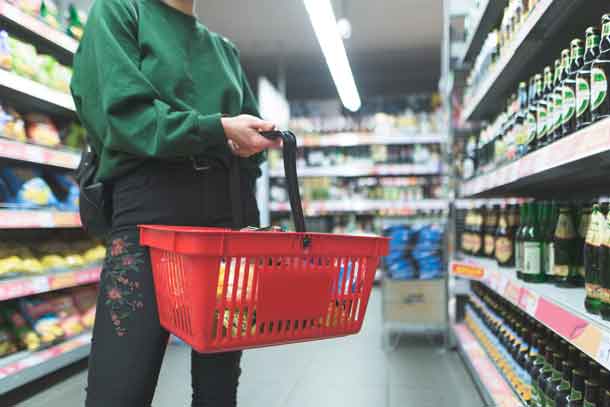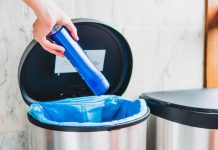Early this week, as the novel coronavirus ravaged Italy, two tweets went viral: one of swans “returning” to the canals of Venice, another of a dolphin swimming in them.
Three days later, Natasha Daly of National Geographic stepped in. The claims were bogus: swans regularly appear on an island in Venice and the dolphin was filmed hundreds of kilometres away in Sardinia.
Such posts were meant to give people “false hope,” Daly wrote. However, fantasies such as these, “Are likely to play a key role in keeping spirits up in the weeks and months ahead, as people self-quarantine in their homes and connect with each other through screens.”
Lost in the misinformation was the fact the canals of Venice are clearing (due to the halt of water traffic) — and so, too, is the air.
On March 13, the European Space Agency posted a satellite video of the skies above Venice, which “reveals a decline of air pollution, specifically nitrogen dioxide emissions,” since January. Another ESA video posted Thursday shows a drastic (frankly, almost unbelievable) reduction of nitrogen dioxide emissions above the Chinese cities of Beijing and Shanghai, since December.
Nitrogen dioxide is a harmful emission produced by burning fuel at factories, power plants, and driving vehicles — activities that have dramatically decreased since countries instituted shutdown measures to stop the spread of the COVID-19 virus.
In images from the ESA’s Copernicus Sentinel-5P satellite, the month of February marked a 20 to 30 percent drop in atmospheric content of nitrogen dioxide.
While dolphins and swans may not be recovering quickly, the water, air, and earth is. The world’s economy — reliant on burning fossil fuels, extracting minerals and resources — is slowing, but nature is moving as fast as ever.
The reduction of atmospheric pollutants is saving human lives, too. Every year, according to the World Health Organization, around seven million deaths are linked to diseases related to air pollution (such as lung disease, cancer, stroke and heart disease).
The country with the highest number of air pollution-related deaths? China. Italy’s in seventh place.
In early March, Stanford University assistant Prof. Marshall Burke published findings via online science journal G-FEED.org, arguing, over the long term, China’s reduction of nitrogen dioxide “likely has saved the lives of 4,000 children under five, and 73,000 adults over 70.”
While this number is higher than the number who have died thus far in the pandemic, it doesn’t take away from the life-and-death impact of COVID-19.
As of Friday, there were more than 260,000 confirmed cases in the world (with China and Italy representing nearly half) and more than 11,200 deaths (China and Italy making up more than half). The next most-affected include Germany, the United States, and Spain — with thousands of new cases reported every day, all over the globe.
Humanity will eventually halt the spread of the virus, but its effect is going be felt for generations. (Like my grandparents, who told me about hiding under desks in preparation for nuclear bombs, this is going to be a future story that begins with: “I remember when we had to…”)
The world won’t be the same — but in many ways, it shouldn’t be.
The past few weeks have demonstrated humans can — and will — radically alter habits, lifestyles, and patterns of behaviour when needed.
Like air pollution and global warming, COVID-19 is invisible but very real.
The novel coronavirus also may have come from humanity’s neglect for the power of nature.
In a remarkable recent piece in the Guardian, entitled “Tip of the iceberg: is our destruction of nature responsible for COVID-19?” writer John Vidal uncovers research that suggests “It is actually humanity’s destruction of biodiversity that creates the conditions for new viruses and diseases.”
Due to industries that rely on the exploitation of the world’s resources and increased industrialization, more and more forests are being cut down, animals and plants are going extinct, and human populations are increasing: a recipe for increased “transmission of disease from wildlife to humans,” (such as Lyme disease, Ebola, and SARS), Vidal writes.
This should force all of humanity to think about the way it interacts with the animals, earth, water, and sky — as a relationship, not things to take from endlessly. Because, in the end, if we only take, we might not always like what we get back.
 Niigaan Sinclair
Niigaan Sinclair
Originally appeared in the Winnipeg Free Press on March 21, 2020. Republished with the permission of the author.
The views, opinions, and positions expressed by all columnists and contributors are the author’s alone. They do not inherently or expressly reflect the views, opinions and/or positions of NetNewsLedger.







